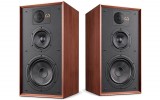Review: Wharfedale Linton by What HiFi
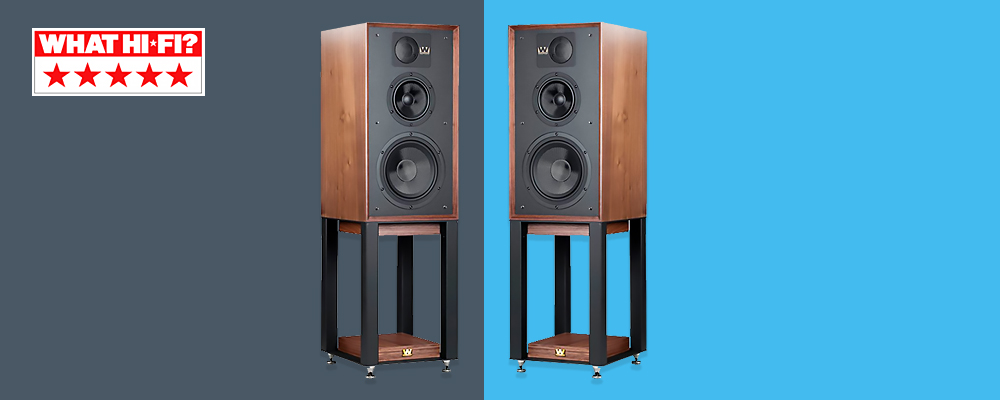
"The best of old school hi-fi with the best of new."
OUR VERDICT:
FOR:
- Natural reproduction of tombs.
- Open and detailed sound scene.
- Formidable appearance.
AGAINST:
- Its appearance is not to everyone's taste.
We often say that good sound never gets old, but the years do go by. Listen to a hi-fi system of yesteryear and you will notice a different sound presentation, more suited to the music of the day. In the case of the original Wharfedale Linton loudspeakers, that "then" was between 1965 and the late 1970s - an era of bell bottoms, big-time music, and big loudspeakers.
These original Lintons were about 25-30cm larger depending on the specific model, and between the large chassis, large front baffle, and large drivers, they were capable of producing a large, open sound that is very different from what monitors produce. much more compact today.
But what if you want brand new speakers built using modern methods and materials, but with old-school style and sound? Then you sure like the new version of Linton, which hit the market celebrating Wharfedale's 80th anniversary.
Building:
Size and style are the most obvious old-school characteristics of these Linton speakers. At around 22 '' high, 13 '' deep and 12 '' wide, they are significantly larger than other modern monitors, but they are not overwhelmingly large, even in relatively small rooms.
This is partly due to its natural look, with a wood grain, mahogany or walnut. If the finish were black or white lacquered, they would surely be much larger.
Its other weapon when it comes to keeping a low profile is its dedicated floor stands, which leave the speakers slightly lower than other models. Low enough that those who sit slightly lower than usual can hear the Lintons in all their glory.
Despite this disproportion in height, the Linton brackets are excellent. They have been designed to fit the speakers without question, and while they cost £ 280 when purchased separately, when purchased with the speakers they are only £ 100.
Whether you appreciate the Linton aesthetic or not (we're delighted with it, if our opinion is of any use), it certainly has clear sonic benefits. A larger cabinet would have a more generous bass, and a wider baffle width would help give the mids a bit more solidity, supporting the output at lower frequencies. This effect, known as the “baffle effect,” occurs at a higher frequency in narrower speakers, so they sound less solid, even with electrical compensation applied to their filter network.
A larger chassis can also accommodate larger speakers. Low frequencies are controlled by a 20cm unit, the same size as the subwoofer on the old Linton XP2, but this time woven Kevlar has been used instead of paper in the construction of this cone. Right above it, in its own enclosure, we find a 12.5cm Kevlar midrange speaker and slightly offset inward, a 25mm textile dome tweeter.
Enclosures are made of high-density chipboard between layers of MDF to create a combination that Wharfedale maintains that can dissipate panel resonances better than MDF itself. The internal cushioning material chosen is synthetic long-pile wool.
Compatibility:
The Lintons feature two rear reflex bas ports on each unit. Although they are not complicated to place, we recommend leaving about 50 cm to the wall and start testing there.
This model has been specifically designed for use with the rack on. Not only does it help to maintain a low visual profile, but the grilles actually enhance sound as their shape improves interference from reflections from the edges of the chassis.
These speakers sound best when they are slightly oriented towards the listener, with the Wharfedale logo on the outer corner of each speaker. Thus, the eccentric tweeters are located in the inner corner, although to us - as we have been testing various locations - it has seemed that the interior and exterior difference is minimal.
It soon becomes clear that these speakers are very laid back, so we've paired them with the spirited Rega Elex.R integrated amplifier (£ 949). Other amps show good motivation and will work well too.
Sound:
As soon as we start the audition, we have an excellent sense of scale and space, so we grab an orchestral recording to see what they can do with it. We played John Williams' The Raiders March - a main theme of the Indiana Jones movies - and were electrified by the dynamics of the speakers.
Starting soft but firm with the intrepid horn section, the piece - through the Linton - offers a brilliant range of textures and capabilities as it unfolds. Sounding off the side, the trumpets are as heroic as the archeological adventurer, while the string section takes the lead. Underneath it all, the enormous tolls of the toms are reproduced with consummate ease on those floor-standing monitors.
The presentation of the music is so fantastically open that our space seems larger than it is. Each instrument is heard in its exact position on the soundstage. The strumming of the harp floats overhead, the timpani flow in seamlessly from the rear left, the cymbals collide, and the tubular bells ring so real we could almost see the instruments. It is a delight and probably the staging of these speakers at their best.
We switched to something more contemporary to the original Lintons - The Rolling Stones' Jumping Jack Flash. The track easily suffers from poorer-quality speakers, but the Lintons stand out. The tonal balance is perfect and he doesn't dominate any instrument - not Jagger's voice, not the tambourine, not the drums. This recording may sound very thin, but not here. His performance is as full as we expected it to be, but the speakers are agile enough not to let the track fall into a hodgepodge of noise when it climaxes.
The Lintons' capacity for low frequencies is obvious. The bass has a round sound on its strings, well separated from the weight of the kick drum. He carries the song and gives you a real impression of how exciting and rebellious this band had to sound in concert, in all its splendor.
Finally, we choose something more recent, Blinded By The Lights from The Streets and its naked, powerful bass. Through the Lintons it sounds big, clean and as accurate as we expect - just the bass, snare and Mike Skinner telling the story of a nightclub gone wrong.
It is not as advanced a sound as what we are used to from more modern speakers. We do not get the hits from the bass line as with the also brilliant but very different KEF R3 (£ 1,300). KEFs are probably a bit more detailed, but not much, despite first impressions. Their more direct approach makes them accessible, but practically all their detail is also in the sound scene - richer and more extensive - of the Wharfedales. You have to try them.
On a track as dispersed as this one, it's easy to prefer the KEF presentation. They create certain nuances in Skinner's voice and his gleaming synthesizer. But the Lintons do something the R3s do, no: with that not-too-focused electronic sampling, we get a great sense of the size and atmosphere of the club, from the strobes to the dry smoke in the back of our throats. Welcome, nostalgia. These speakers have done their job.
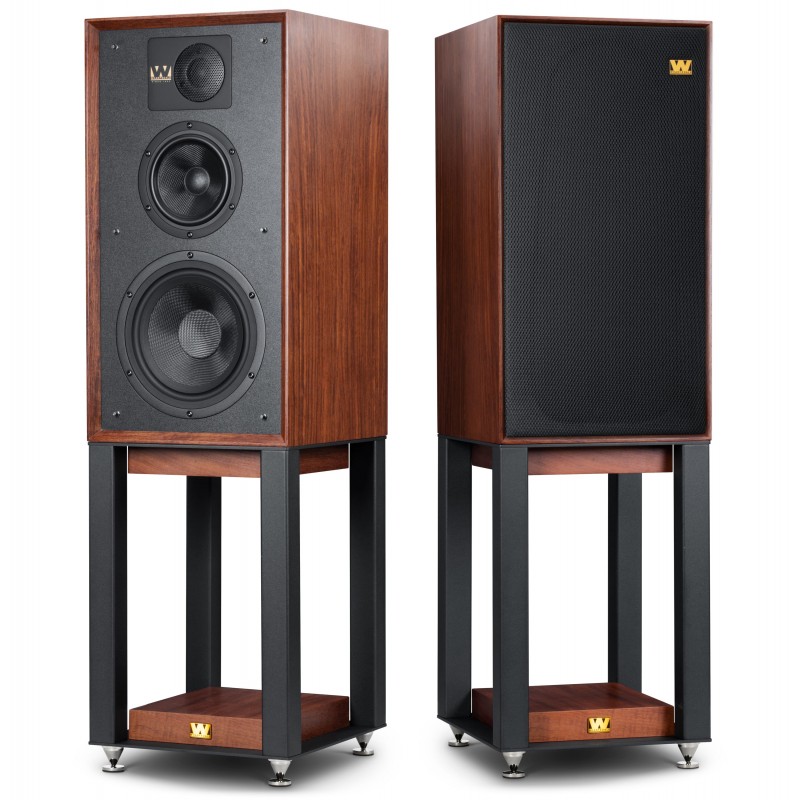
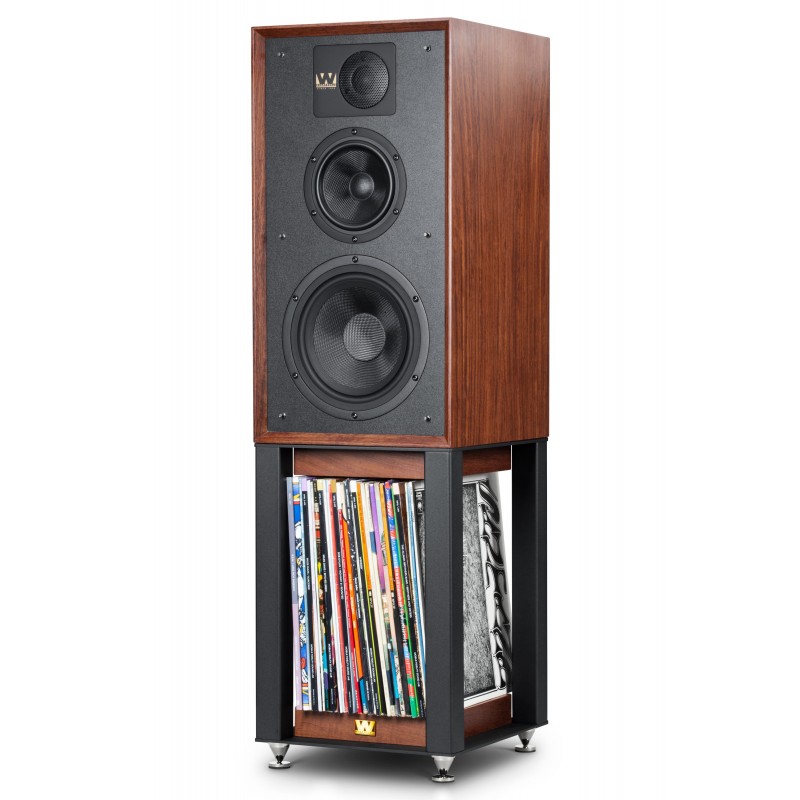
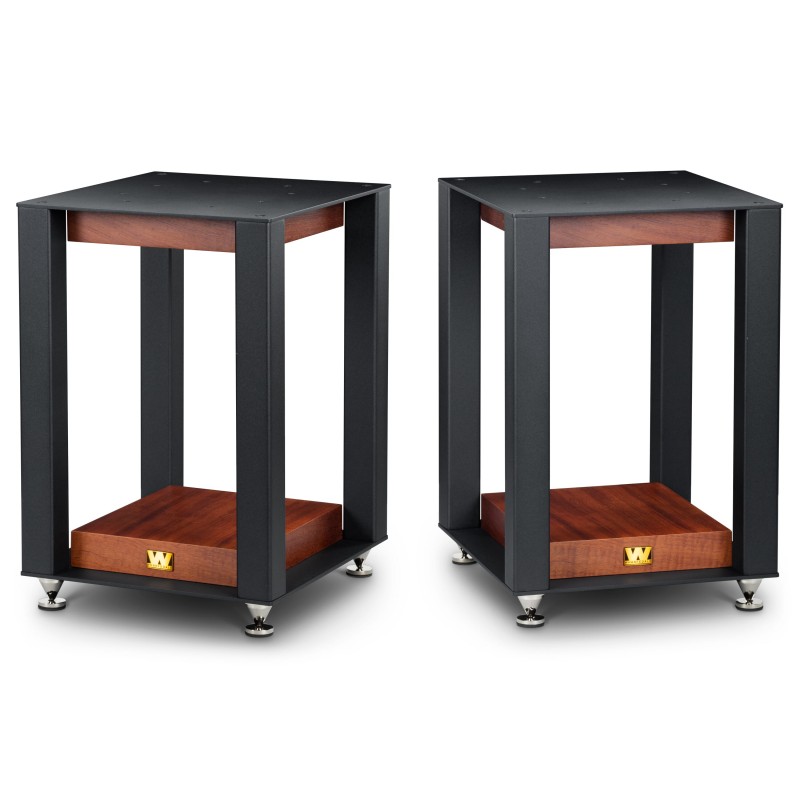
Verdict:
The Lintons may not be what everyone would think they wanted to hear, but it would be a question of asking. These speakers do an impressive job of capturing some of the older, fuller, simpler and more open style of hi-fi sound, without forgetting to make music exciting. This passion may not overflow from its cones, but you will not need whiskey and elbow pads to enjoy them either.
With their natural weight, accurate scene imaging, and layer upon layer of wonderful detail, you can listen to these speakers for days and never tire of them. Just remember to change the disc from time to time.
RATINGS:
Sound: 5
Compatibility: 4
Construction: 5
Here you can see the unboxing that we carry out of a unit of these spectacular speakers in our offices:


